Bees Need Flowers
by TheBeesWaggle
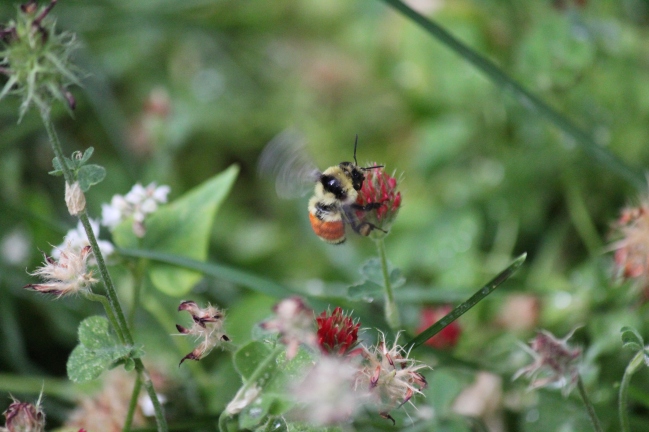
Clover depends on bee visits to reproduce seeds.
Why Bees Need Flowers
75% of all flowering plants rely on pollinators to produce seed and or fruit. Without insect-assisted pollination, many of the colors we enjoy in the natural landscape would disappear.
1/3 of the food humankind consumes has been produced by bee pollination specifically. That is upwards of 70% of the produce , including, but not limited to apples, pears, berries, tomatoes, carrots, onions, and many more!
The Earth’s landscape is becoming less and less capable of sustaining the life of bees, which means there are less and less bees raised to adulthood. Bee populations survive by raising young bees to adulthood. The number of bees in the next generation depends on how many flowers bees can visit, and how much pollen they can bring back to the nest for their young. Simply put, bees need flowers.
Due to the green landscape, lacking flowers for bees, bees are forced to travel miles to find food. These long distance trips sometimes leave bees exhausted and shorten their lifespan, which also lessens the nest’s potential for producing a healthy new generation of bees. Honeybee populations are known to be struggling, but are not the only bees in need of more resources to survive; there are over 4000 native bee species in North America and Canada, and 20,000 native bee species worldwide. Some native bee populations are rapidly declining and nearing extinction. They are some of the best pollinators on the planet! Farm fields and orchards located near wild areas (containing healthy forage and habitats for native bees) produce more fruit than their monoculture surrounded counterparts.
Monocultures are acres and acres of one crop with no other plant mixed in. These monocultures are like a desert to bees flying in search of pollen and nectar from flowers. Given the fact that wild areas help improve crop yields, there should be more floral landscapes mixed into farmland. If not for bees, for aesthetics. Who wouldn’t want to see more flowers in a green landscape?
What is good for the native bee is also good for honeybees, butterflies, birds, and even bats! The point is to bring balance back to the landscape so we can coexist with the wild species we have pushed into smaller condensed areas by destroying habitats. It isn’t sustainable for them, and in the long run it will also destroy us.
Imagine 70% of the grocery store’s produce section empty! Imagine creating meals short of things like tomatoes, garlic, onions, and so many more. This is the reality that will become us if we don’t take action and begin bringing back pollinator habitats to all landscapes.
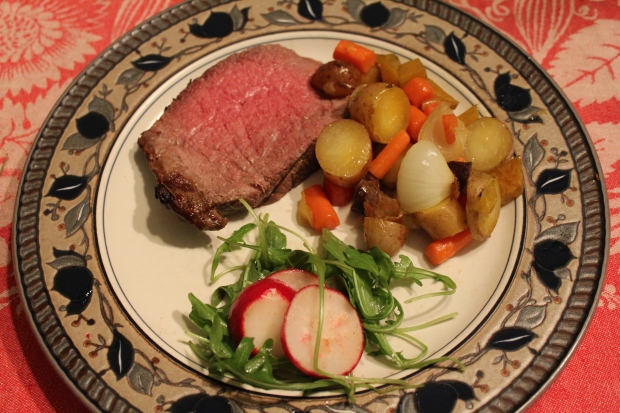
This meal would only contain steak without bees. That’s a sobering illustration! It could be “dressed up” with a glass of wine, right? Nope, wine doesn’t exist without bees either!
The simplest way to help pollinators is to add flowers to your own yard. Whether you swap out your entire front lawn for flowering plants or place a few pots out containing a variety of flowers, you are making an impact. The less distance a bee must travel to forage, the better.
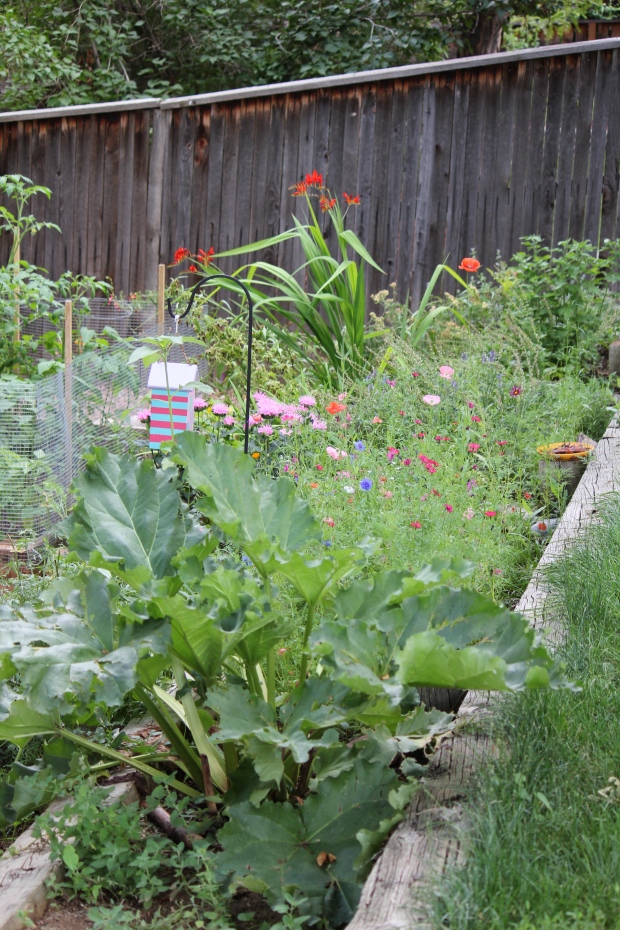
The flowers behind the rhubarb plant were grown from seed that same season, and produced beautiful blooms far into the bitter cold of Fall.
The flowering plants you plant shouldn’t contain pesticides, so look for organic seeds and plants. When in doubt about whether a plant is organic or not, air on the side of caution, and don’t plant it. Pesticides weaken and kill bees and other pollinators.
Organic flower seeds are inexpensive and very successful at producing a bounty of beautiful flowers, which will likely return if you have a healthy bee population pollinating them all season. Planting a variety of flowering plants will attract all kinds of characters to your yard. You will enjoy seeing a variety of beautiful pollinators paying their respects to your floral buffet!
If you are really feeling zealous and want to invite bees to stay in your yard, you can provide a variety of nesting options. Ground nesting bees like open soil, or piles of dirt to dig into and form nesting holes. Wood nesting bees love tree stumps, and tree stumps are aesthetically pleasing amidst the garden. Twig nesting bees like pithy plant material, containing hollowed out centers. They also like blocks with pre-drilled holes of different sizes (0.25-0.5″; 6″ deep) to choose from. Bumblebees might like a nesting box built just for them containing wooly material, or even old bird’s nesting material.
We at The Bees Waggle value all of our followers, and look to you to reach more people and motivate them to simply plant more flowers! Together we can make a real impact on this problem. We plan to remove all of our front lawn and replace it with flowering plants and places for our bees to nest. I am so looking forward to the photos and experiences this transformation will afford!
Cheers to joining the movement to save our bees!
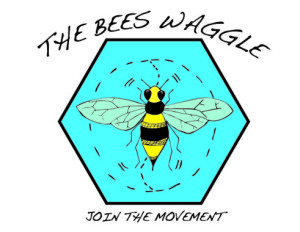


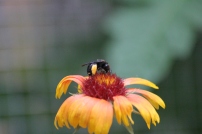

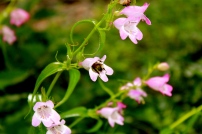
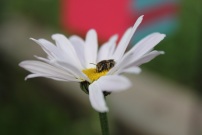
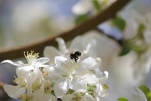
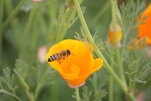

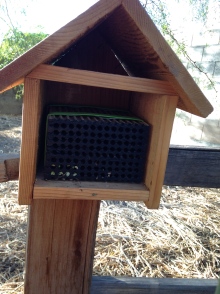
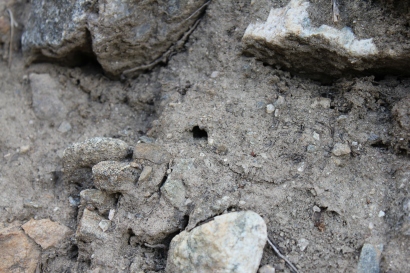

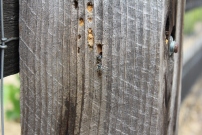
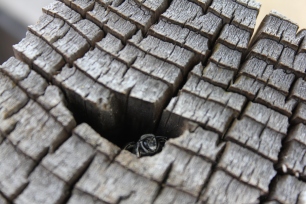
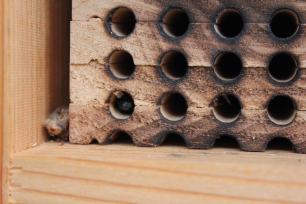

Leave a Reply
Want to join the discussion?Feel free to contribute!